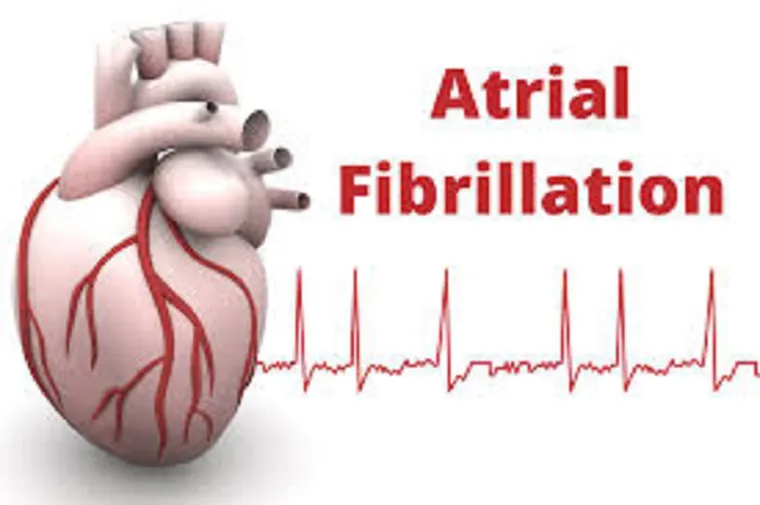Atrial fibrillation (AFib) is a common heart rhythm disorder where the upper chambers of the heart (atria) beat irregularly and often rapidly. This abnormal rhythm can disrupt blood flow and increase the risk of stroke, heart failure, and other heart-related complications. AFib can be occasional, persistent, or permanent, affecting people differently based on their overall health and lifestyle. Recognizing and managing AFib early is essential for maintaining a healthy heart and reducing associated risks.
Many people with AFib experience symptoms like palpitations, fatigue, dizziness, or shortness of breath, though some may feel nothing at all. This makes AFib difficult to detect without medical tests like an electrocardiogram (EKG). Triggers may include high blood pressure, sleep apnea, excessive alcohol, or stress. Lifestyle changes, medications, and advanced treatments like catheter ablation can help control or even correct the condition. Early diagnosis and treatment are key to improving quality of life and preventing long-term heart damage.
Causes and Risk Factors
Atrial fibrillation can develop due to various factors, including:
- High blood pressure – One of the most common contributors.
- Coronary artery disease – Narrowed arteries can affect heart function.
- Heart surgery or past heart issues – Scarring can disrupt electrical signals.
- Sleep apnea – Disrupted breathing during sleep increases AFib risk.
- Excessive alcohol or caffeine – Can trigger episodes.
- Genetics – A family history of AFib may increase your risk.
Aging also increases susceptibility, with people over 65 more commonly affected.
Symptoms of Atrial Fibrillation
AFib symptoms vary widely and may include:
- Irregular or rapid heartbeat
- Heart palpitations or fluttering
- Chest discomfort
- Dizziness or fainting
- Shortness of breath
- Fatigue or weakness
In some cases, AFib is “silent,” meaning it causes no noticeable symptoms but still increases health risks.
Diagnosis
Atrial fibrillation is typically diagnosed using:
- Electrocardiogram (EKG) – Records electrical activity of the heart.
- Holter monitor – A wearable device that tracks heart rhythm over 24-48 hours.
- Event monitor – Used for longer-term rhythm tracking.
- Echocardiogram – Uses ultrasound to visualize the heart and check for damage.
Treatment Options
Treatment aims to control heart rate, restore normal rhythm, and reduce stroke risk. Options include:
- Medications – Beta-blockers, calcium channel blockers, or blood thinners.
- Cardioversion – A procedure to reset heart rhythm using electrical shocks or medication.
- Catheter ablation – A minimally invasive treatment that destroys abnormal tissue causing AFib.
- Lifestyle changes – Reducing alcohol, managing stress, and maintaining a healthy weight.
Preventing Complications
Because AFib increases the risk of blood clots and stroke, anticoagulant therapy is often prescribed. Regular checkups and personal monitoring help manage symptoms and treatment effectiveness. Patients are also encouraged to manage other conditions like hypertension and diabetes to reduce overall risk.
Conclusion
Atrial fibrillation may be common, but it requires careful management to avoid serious complications. By understanding its causes, symptoms, and treatment options, individuals can take control of their heart health. Early detection, lifestyle adjustments, and ongoing medical care can greatly improve outcomes and help those with AFib live full, active lives.

